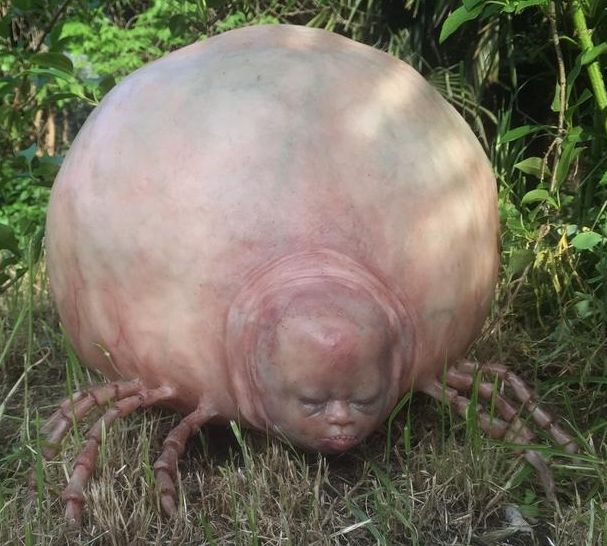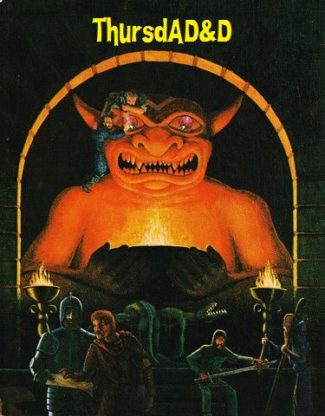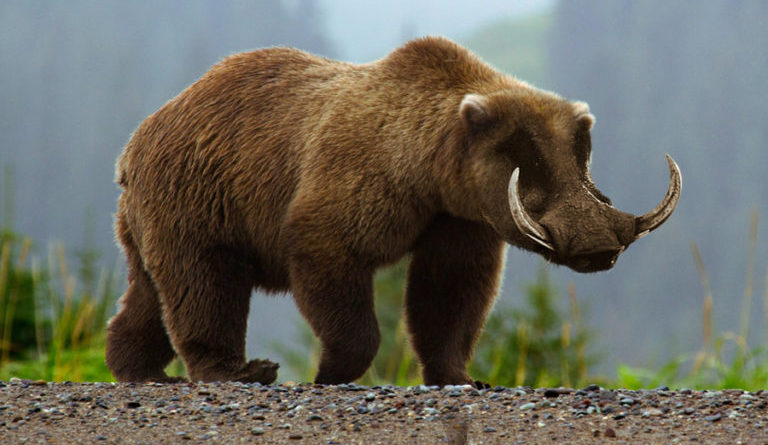Kill It With Fire!
On the Facebook, Luke Gygax posted, “Great job to Melf And The Green Arrows! Our Founders & Legends III Team broke the $6,000 mark! I’m so happy!”
Great job, indeed! I know my post about Founders & Legends III didn’t offer a glowing account of my limited experience with the on-line convention, but $6+K for Extra Life? That’s the icing on the cake and the cake, too.

On to another topic: It’s been months since I posted a new monster for AD&D. That doesn’t seem right. So, to honor the for-sale-via-Etsy tick horror, here we go.
Sceartán
Frequency: Very rare
No. Appearing: 2-12
Armor Class: 7
Move: 3″ (3″)
Hit Dice: 3-5
% in Lair: 5%
Treasure Type: Nil
No. of Attacks: 1
Damage/Attack: 2-5
Special Attacks: See below
Special Defenses: Nil
Magic Resistance: Standard
Intelligence: Low
Alignment: Neutral evil
Size: S
Psionic Ability: Nil
Attack/Defense Modes: Nil
Level/XP Value: 3 HD (III/80 + 3/hp), 4 HD (III/135 + 4/hp), 5 HD (IV/210 + 5/hp)
Sceartáns resemble bloated, fleshy ticks with the distorted faces of pudgy infants. They hunt forests, lairing in constricted burrows that some of the time lead to caves or caverns. These horrid things seek to drop upon prey or burst from hiding. They surprise others on a 1-4, and they treat falls as 20 feet shorter than actual for determining falling damage.
When sceartáns rush their prey, they double their movement rate for 1-4 melee rounds. Sceartáns attack via a long, hollow tongue that ends in a jagged spike. A hit by a sceartán scores 2-5 points of damage and indicates the monster has attached itself. Each melee round thereafter it drains 1-6 hit points of blood, until reaching satiation at a blood drain equal to its hit points. The sceartán then detaches and attempts to scurry for safety to slowly digest its meal. A sceartán must be killed, severely burned, or splashed with holy water to detach it prior to satiation. Holy water does not damage sceartáns, but they find the substance noxious.
If a sceartán is forcibly detached, its victim must make a saving throw versus poison. Failure indicates that part of the sceartán’s tongue spike breaks off in the victim’s body. The fragment wriggles deeper into the wound unless extracted within one melee round (causing 1-4 points of damage to the victim). Otherwise, only a cure disease spell prevents the fragment from reaching the victim’s heart and causing death in 1-3 turns.





